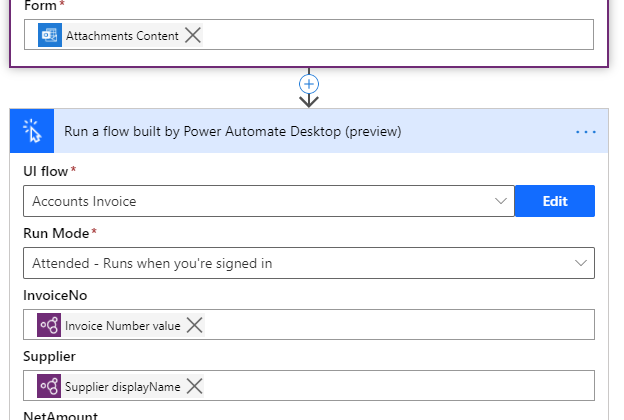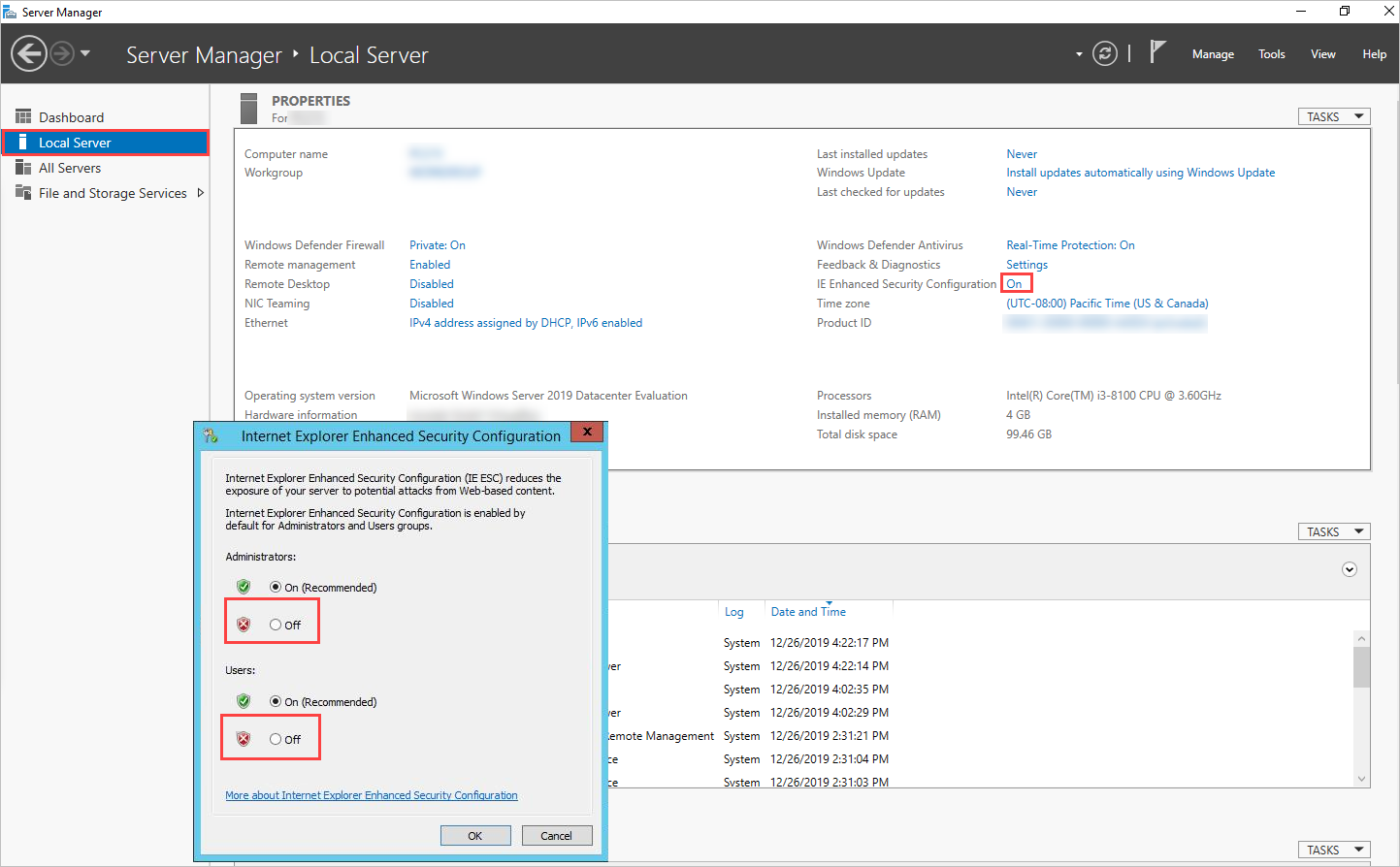
Create a DLP policy with desktop flows restrictions in the Power Platform admin center You can now create a new policy from Data Policies and you'll be able to classify desktop flows action groups. Turn on the toggle Show desktop flow action in DLP policies, and select Save. In the Tenant settings, select Desktop flows actions in DLP. The Desktop flow actions in DLP setting is already enabled and can't be changed if you've opted for the public preview. This categorization prevents makers from combining modules and actions from different categories into a desktop flow, or between a cloud flow and the desktop flows it uses. Power Automate allows you to create and enforce DLP policies that classify desktop flows modules (or individual module actions) as business, non-business, or blocked categories. To learn more about protecting your data, go to Data loss prevention policies in the Microsoft Power Platform admin guide.

If a DLP policy is blocking your flows from running, contact your administrator.

The policies that define how data can be shared are referred to as data loss prevention (DLP) policies.Īdministrators control DLP policies. To protect this data, Power Automate provides you with the ability to create and enforce policies that define which connectors can access and share business data. Its data needs to be readily available for decision-making, but it needs to be protected so that it isn't shared with audiences that shouldn't have access to it. Data loss prevention (DLP) policies help protect your organizational data from being shared with a list of connectors that you define.Īn organization's data is critical to its success.


 0 kommentar(er)
0 kommentar(er)
